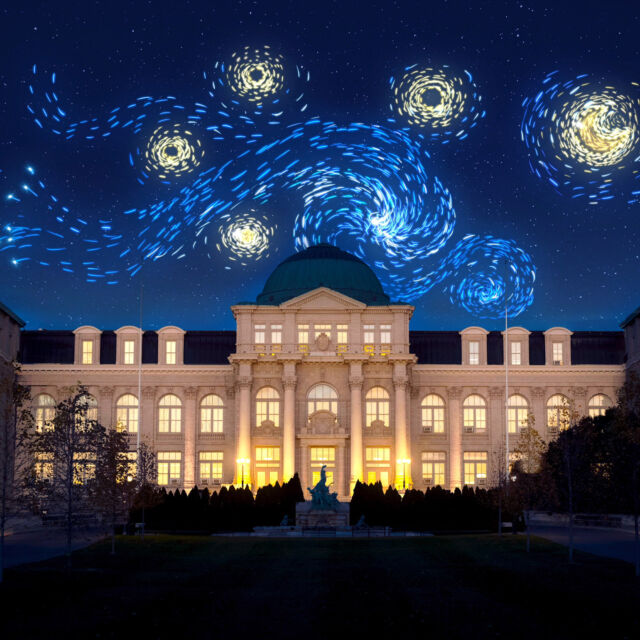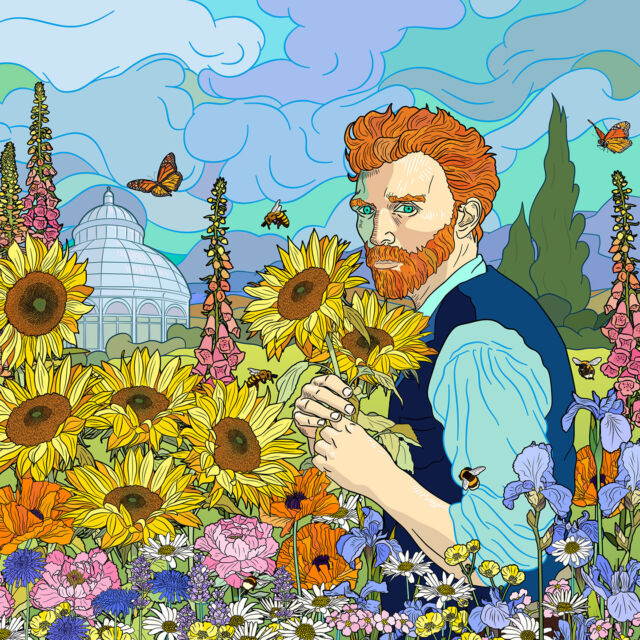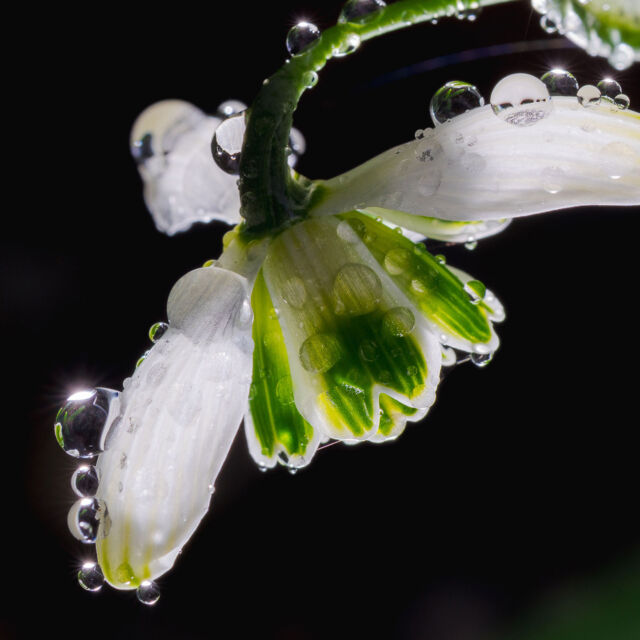Erasmus Darwin and the Wedgwood Medallion
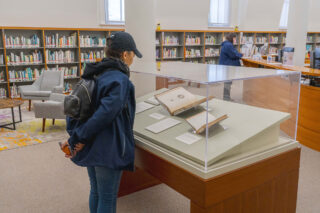
When you think of Darwin, the first Darwin that comes to mind is probably Charles, who holds a legacy as the “Father of Evolution.” Though Charles Darwin is arguably the most famous in his family, it’s important to note that he descended from a family that was not only dedicated to understanding nature, but also to advancing the abolitionist movement.
February 12 marked Charles Darwin’s birthday. Born in 1809 in Shrewsbury, England, Darwin was a naturalist and biologist whose studies, published works, and theories were important in shaping how we understand the natural world, including how species adapt over time. It turns out that Darwin’s passion for nature was intergenerational.
Erasmus Darwin, the grandfather of Charles Darwin, was also an important British philosopher, poet, physician, botanist, and naturalist. The Botanic Garden; A Poem, in Two Parts, was written by Erasmus Darwin and published in 1791, and the Mertz Library owns a number of editions, including a first edition from 1791, 1793, 1798, 1799, 1807, and 1825. Its two parts include “The Economy of Vegetation” and “The Loves of the Plants.” These texts are currently on view in the Mertz Library.
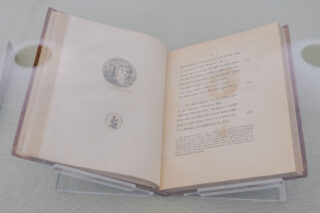
An excerpt from The Botanic Garden by Erasmus Darwin.
The poem covers topics including discoveries and innovations, the Linnean system of classification—created by Swedish biologist Carl Linnaeus in the 18th century, and still used today—and the intersection of the scientific, social, and political realms.
One such topic that was especially relevant in the social and political spheres was slavery in Europe and the Americas—which, through agriculture, is tied to the historical relationship between plants and the economy. Importantly, Erasmus Darwin was an abolitionist, and in The Botanic Garden, he includes an illustration of The Wedgwood anti-slavery medallion, which holds its own historical significance. It was created in 1787 by Josiah Wedgwood, a famed potter, and William Hackwood, Wedgwood’s best modeler.
These medallions, based on a seal commissioned by the Committee for the Abolition of the Slave trade, were often distributed at abolitionist society meetings to support the cause. The seal was widely disseminated in print, on textiles, and on ceramics throughout the 18th and 19th centuries, and being easily reproducible, it was even mounted onto brooches and buckles. The motto on the seal—“Am I Not A Man and A Brother?”—became a unifying message for white abolitionists, much like Erasmus Darwin.

A copy of the Wedgwood medallion.
The link between Erasmus Darwin and Josiah Wedgwood goes beyond the medallion, and their opposition to slavery. Wedgwood’s granddaughter, Emma Wedgwood, married Charles Darwin in 1839, three years after Darwin’s voyage around the world in the HMS Beagle.
In addition to holding many works by Erasmus Darwin, the Mertz Library is also home to the Charles Finney Cox Collection of Darwiniana. This collection covers the work of Charles Darwin, Erasmus, and Darwin’s son Francis. The collection includes many first special editions, artwork, and memorabilia, as well as 177 letters written by Charles Darwin.
On your next visit to NYBG, be sure to stop by the Mertz Library to see these rare books on display, and wish Charles Darwin a happy belated birthday!
SUBSCRIBE
Enter your email address to subscribe to this blog and receive updates on new posts.




